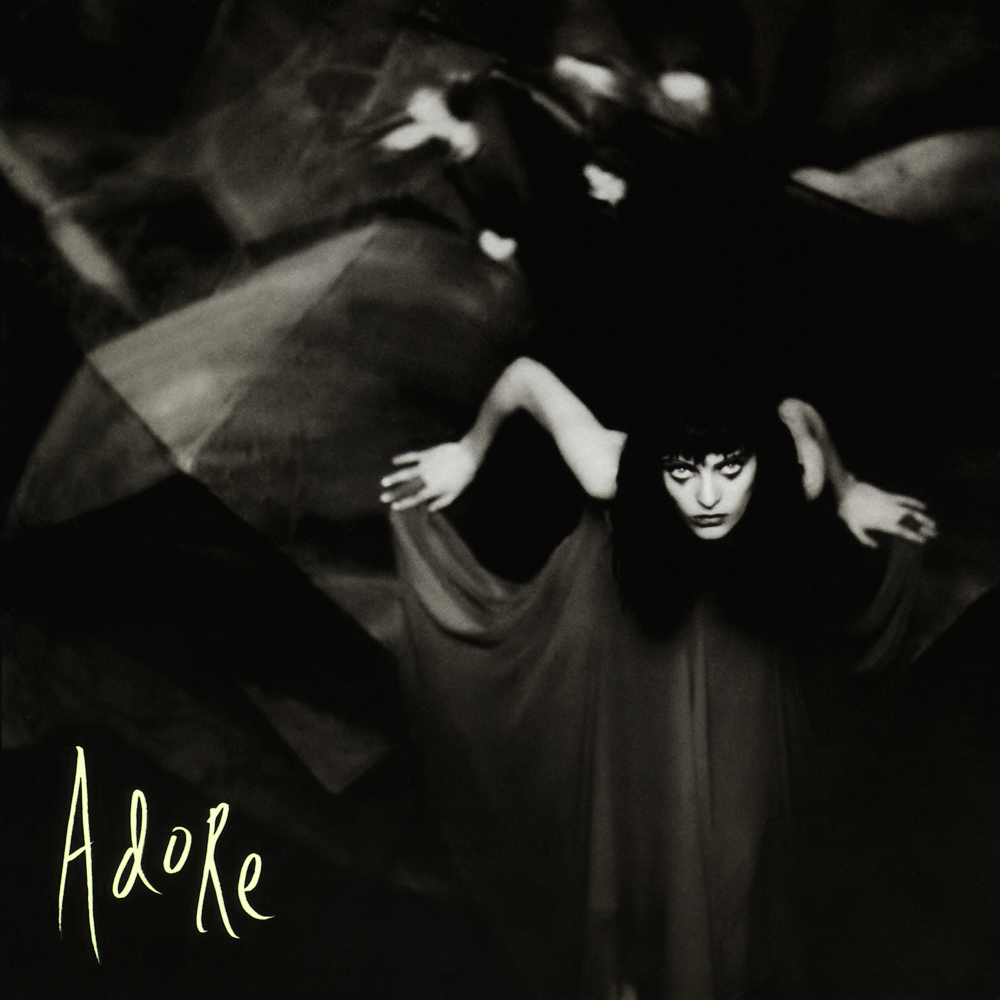Smashing Pumpkins were undoubtedly one of the key rock acts of the 1990s. Lumped in with the grunge movement, they stood apart from the Seattle trio of big hitters, and they were on a completely different level to the movement’s rank and file foot soldiers.
Up to Adore’s release in 1998, each Smashing Pumpkins album to that date had seen a step up in commercial success. Following up the eye-wateringly huge (both commercially and in terms of run-time) Mellon Collie and the Infinite Sadness must have been an intimidating prospect for Billy Corgan, and sacking Jimmy Chamberlin due to his difficulties with addiction must have been a huge blow, particularly given Corgan’s penchant for dismissing James Iha and D’arcy Wretzky from the studio and re-recording their parts. Having their touring keyboard player pass away due to a drug overdose can’t have helped either.
Putting it mildly, morale can’t have been high while Corgan was planning Adore, so the fact his mother passed away and he was going through a divorce at the time just piled further melancholy on the general feeling of doom and gloom. Is there any wonder then that Adore is an almost relentlessly downbeat album?
Not that melancholy was an alien concept on previous Smashing Pumpkins albums, indeed, like much grunge, their music had tapped into a deep well of generational discontent, and had by and large done so by way of riff-heavy hard rocking. Adore was different though, as it worked hard to blend softer acoustic numbers, with a harder electronica edge, yet somehow still be unmistakably a rock album. In order to visualise this shift in sound, the slimmed down trio of Corgan, Iha and Wretzky adopted a much more gothic appearance.
While their change in appearance was pretty standard for an era which put as much stock into what an act looked like, as it did if their music was any good, the band’s change of musical approach on Adore split opinions in their fanbase. For some, it was a thrilling change of pace, which proved that Smashing Pumpkins were not content to rest on their laurels. For others though Adore just confused them, as they just wanted Smashing Pumpkins to be a continue being a commercial heavy rock leviathan, rather than weird acoustic electronica trio with a number of guest drummers playing musical chairs on the drum stool.
Twenty years after its release, Adore does seem to be something of a missed opportunity. Perhaps it might have worked better as a double album, with one disc containing the acoustic material, and the more electronica focused material on the other. This might have seemed an extravagance, given that Adore clocks in at under 74 minutes, and the preceding Mellon Collie and the Infinite Sadness was also a double album, and one that had clocked in at over two hours at that, but if any band of the late 90s could justify extravagance, then surely it would be Smashing Pumpkins.
Of the individual songs, “Ava Adore” is the closest thing that the album has to a commercial single, but beyond that and a couple of pretty, yet utterly melancholic acoustic numbers, Adore is a dense listen, and one that can seem really very claustrophobic at times. Now usually, with an album as long as Adore, I would suggest it would be improved with judicious editing, however if we return to the acoustic / electronica double-album concept, just adding B-sides of singles to the run time could flesh out the album to a better value for money double disc. Indeed, that would also mean that “Once in a While”, easily one of the prettiest numbers from the Adore sessions, would be rightly elevated from obscure B-side to well loved album track.
Adore is not a bad album by any means, it’s just one that confused fans of the band because it didn’t sound much like anything that they had done before. Taken on its own merits, and approached in isolation, there is much to admire on Adore, particularly if you enjoy dark, romantic, and utterly sad songs. It’s just not the Smashing Pumpkins album that anyone wanted at the time.














No Comment